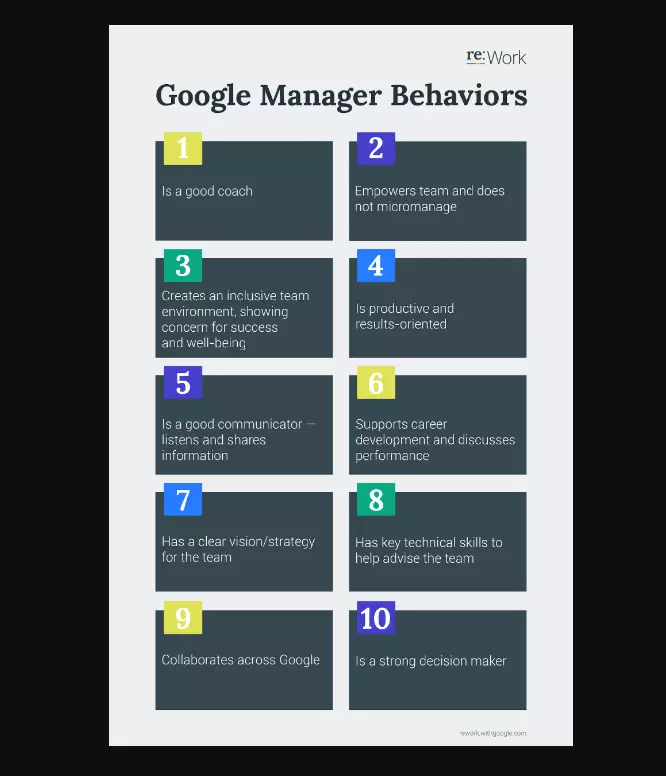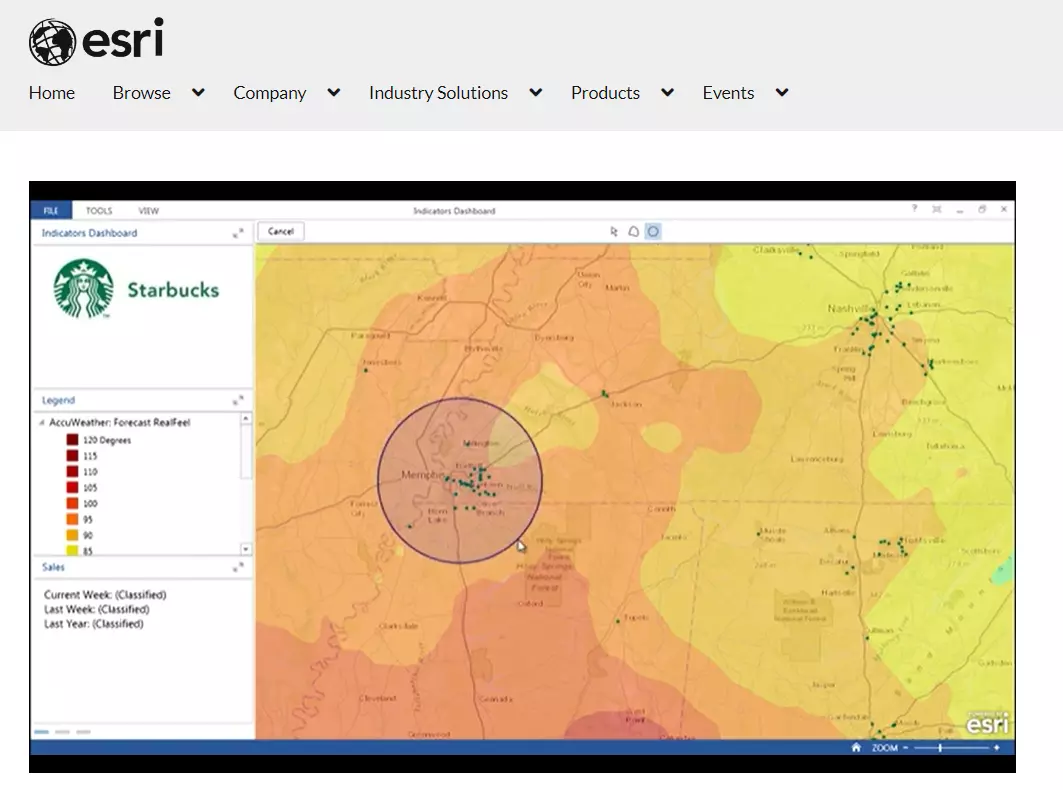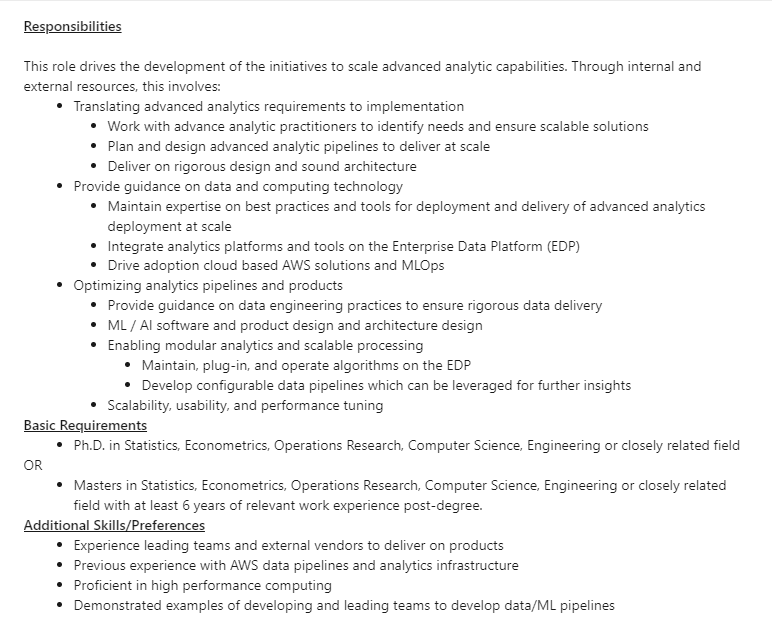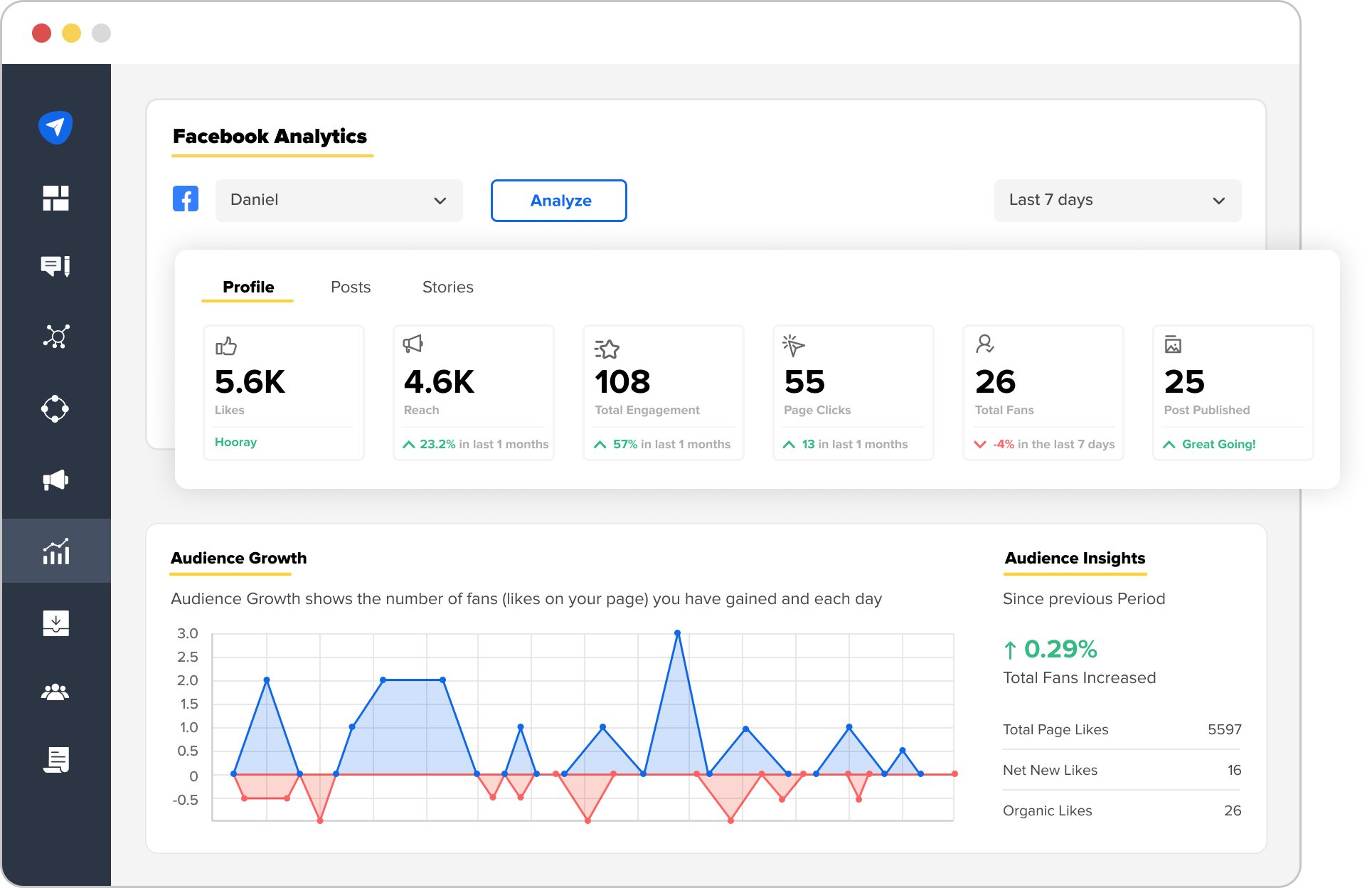Data-driven companies are far more likely to outperform their competitors and acquire new customers. It’s no wonder that a significant majority of mature organizations have a dedicated team responsible for building data literacy.
To remain competitive, agencies need to develop a culture that’s focused on using data to inform decision-making at every level of the organization.
In this blog, we’ll explore the importance of a data-first culture, how analytics can help you foster such a culture, and practical tips for implementing a data-first approach in your agency.
What Is Data-Driven Culture?
When you are starting an agency, it is necessary to think about developing a data-driven culture. A data-driven culture is a business environment where data analysis and decision-making are integrated into every aspect of the organization. From marketing and sales to operations and finance, data is used to identify opportunities, measure performance, and boost company growth.
In a data-driven organization, employees are encouraged to experiment and innovate. This helps the business stay agile and responsive to market changes and continually improve its performance.
The advantages of a data-first approach include the following:
- Improved decision-making: Using data to make decisions provides a more objective basis for decision-making, reducing the likelihood of bias and subjectivity.
- Increased efficiency: When data is at the core of operations, processes and procedures can be streamlined to eliminate redundancy and maximize efficiency. This can lead to cost savings and increased productivity.
- Better results for clients: A data-first approach can help agencies better understand their clients’ needs, preferences, and behaviors, enabling them to tailor their services or products more effectively. This can lead to improved customer satisfaction, loyalty, and retention.
Here are two examples of successful data-driven companies
Google: Using Analytics to Improve Employee Well-Being
Google is renowned for its exceptional ability to navigate data, demonstrated by its ability to search through billions of web pages and quickly deliver relevant results. But their success with data-driven approaches goes beyond just search algorithms. They have also applied data collection and analysis to Human Resources, enabling them to understand better and manage their workforce.
Google’s People Analytics Team identified surprising insights about what makes a good boss by analyzing performance reviews, feedback surveys, and other reports. Contrary to expectations, they found that technical expertise was the least important skill for engineering managers.
This is just one example of how Google applies data science to improve recruitment, performance reviews, and employee well-being.

One significant outcome of their data-driven approach was the extension of paid maternity leave from 12 weeks to 18 weeks.
The result: a whopping 50% reduction in postpartum leave rates.
Google’s effective use of data has allowed them to manage its employees more effectively, retain productive workers, and foster a positive work environment.
Starbucks: Using Analytics to Personalize Customer Experience
Starbucks has mastered its expansion strategy by combining location and social data. This allows them to choose the best places to build a new store based on customer profiles.
To achieve this, Starbucks collaborated with Esri, a Geographic Information System (GIS) company.
Esri develops an analytics process that considers factors like demographic information, traffic flow, and other relevant data. This approach allows Starbucks to confidently select the best locations to expand its business.

Starbucks’ analytical approach goes beyond just selecting the right location for its stores. By leveraging the data collected through Esri, they can tailor their product offerings to each specific location.
In areas with more coffee enthusiasts, for example, Starbucks prioritizes higher-priced items to cater to customers who are willing to pay a premium. This not only increases revenue but also reduces costs by avoiding the need to stock all products at every location.
Moreover, Starbucks can optimize its prices for profitability in each location. This granular pricing strategy allows the company to adjust its prices according to the local market and maximize its profits.
Starbucks has been utilizing this analytical approach since 2014, enabling them to maintain its market leadership position by strategically expanding into locations that are most likely to generate profitable returns. By combining location and customer data, they have developed a successful expansion strategy that maximizes profitability while meeting the unique needs and preferences of each local market.
How to Build a Data-First Culture
1. Start With Leadership
Establishing a data-first culture requires leaders to embrace data-driven decision-making, communicate its importance to the team, and invest in enhancing data analysis skills. This involves clearly communicating the importance of data to the team and investing in resources to enhance the organization’s data analysis skills.
However, a survey by Deloitte found that 63% of U.S. executives did not view their companies as analytics-driven, with 67% expressing discomfort using data tools. Relying solely on data and technology initiatives is insufficient to drive cultural changes.
Leaders must set a positive example and inspire teams to embrace data-driven decision-making while providing resources to develop necessary skills.
A shift in mindset and willingness to embrace new ideas is necessary to create a data-driven culture. Encouraging a data-first approach unlocks the potential of data and gives a competitive edge in today’s fast-paced business environment.
Let’s take a look at one example of how C-suite executives are advocating for data-first culture.
Eli Lilly and Company’s Chief Data and Analytics Officer Vipin Gopal
Vipin Gopal joined Eli Lilly and Company in 2018 as its chief data and analytics officer to lead its enterprise-wide data and analytics strategies.
Gopal is enthusiastic about the potential of data and analytics in healthcare and firmly believes that they have the power to revolutionize the industry for the better.
In 2022, the pharmaceutical company partnered with Yseop, a world-leading AI software company, to deploy an enterprise automation platform called Augmented Analyst, which can help expedite the drug approval process and efficiently bring Lilly’s medicines to patients.
In the same year, Gopal was named by CDO Magazine as the Global Executive of the Year.

2. Build the Right Team
A team with the right skills and mindset is essential for building and supporting a data-first culture in any agency. Recruiting and training team members with a data-driven mindset can be challenging, but it’s crucial for the success of any data-driven initiative.
Here are some tips to help you build a data-driven team:
- Emphasize the importance of data skills in job descriptions: Job descriptions should indicate that data skills are a vital requirement for the role. This will attract candidates with the necessary skills and mindset to work in a data-driven environment.
Here’s an example of a job description: Advisor – Advanced Analytics Architect at Eli Lilly and Company:


- Offer training and development opportunities: Provide opportunities for team members to improve their data skills through training and development programs. This can include courses, workshops, and certifications that teach data analysis, statistics, and other relevant skills.
- Provide feedback and recognition for data-driven work: Recognize team members who demonstrate a data-driven mindset and provide feedback on their work. This can reinforce the importance of data in decision-making and motivate team members to continue using data in their work.
- Foster a collaborative environment: Encourage collaboration between team members, especially those with different skill sets. This can help team members learn from each other and build on each other’s strengths to achieve better results.
- Hire diverse talent: Hiring a diverse team can bring a range of perspectives and experiences to the table. This can lead to more innovative solutions and better decision-making.
A shared vision ensures everyone is working towards the same goals and objectives. Furthermore, there’s a certainty that all team members understand how their work contributes to the agency’s overall success.
To develop a shared vision for data-first culture, here are some steps you need to take:
- Involve team members in the process: This helps to ensure that everyone’s perspective is taken into account and that the vision reflects the values and goals of the entire team. Encourage open communication and active participation from all team members.
- Identify specific goals and objectives: Goals should be achievable, measurable, and aligned with the agency’s mission and values. Ensure the goals are clearly defined and communicated to all team members.
- Communicate the vision regularly: Once the shared vision has been developed, it must be communicated regularly to all team members. This ensures that everyone is on the same page and working towards the same goals. Use various communication channels such as video chat, email updates, and team messaging to ensure that everyone understands the vision.
4. Invest in the Right Tools and Technology
Access to data is meaningless if employees lack the skills to analyze and interpret it. Companies that fail to invest in developing their employees’ data literacy and analytical skills risk making poor decisions and missing out on valuable opportunities.
Organizations must prioritize identifying the right tools and technology to succeed in today’s data-driven business landscape. This ensures that their workforce can make informed decisions and use data to resolve business issues.
Here’s how you do it.
- Assess current data-related tools: Start by evaluating your agency’s existing tools and technology for data processing, analysis, and interpretation. Identify each tool’s strengths and weaknesses and identify gaps in functionality or features.
- Evaluate new tools and technologies: Research and evaluate new tools and technologies to address the identified gaps. Consider each option’s costs, benefits, and ROI, and select the tool that best fits your agency’s needs.
- Involve team members: Include them in decision-making by asking for their input and feedback. This ensures that the tool selected is suitable for their needs and that they are more likely to adopt it.
- Implement and Monitor: Once a tool is selected, implement it and monitor its performance. Continuously evaluate the tool’s effectiveness and address any issues that arise.
5. Establish Processes and Workflows
Having processes and workflows prioritizing data-driven insights and decision-making can give organizations a competitive edge and help them stay ahead of the curve.
One of the first steps in establishing data-driven processes is identifying the right metrics to track. This involves understanding the key performance indicators (KPIs) most relevant to the organization’s goals and objectives. For example, metrics such as sales growth, customer acquisition, and retention rate may be relevant if the goal is to increase revenue.
Once the relevant metrics have been identified, it’s important to establish regular data review and reporting processes. This can involve setting up automated reporting systems or scheduling regular video meetings to review and analyze the data. By reviewing the data regularly, team members can quickly identify any areas of concern and take action to address them.
Encourage team members to ask questions and provide insights based on the data to help drive better decision-making across the agency.
6. Foster a Culture of Learning
Providing training and resources to help team members interpret and analyze data helps ensure everyone is on the same page and working towards the same goals.
Training programs should cover data analysis, data visualization, and data storytelling. These programs should be ongoing and accessible to all employees, regardless of their level or role within the agency.
Encouraging experimentation and risk-taking is essential to promote a culture of innovation and continuous improvement. This means allowing employees to explore and test new ideas without fear of failure.
Agencies can create a safe space for experimentation by providing employees with resources such as data sandboxes. These sandboxes allow employees to explore and manipulate data without the risk of breaking anything critical.
Take advantage of MOOC platforms like Coursera and LinkedIn Learning or take paid courses from top universities like Harvard University.

Common Challenges for Not Adopting a Data-First Culture
Even though the benefits of including a data-driven approach in modern business outweigh its drawbacks, some technical difficulties still can’t be taken for granted.
Despite the growing importance of data-driven decision-making, only 24% of executives in the NewVantage Partners survey reported having achieved a data-driven culture. Technology was not the barrier but the people, business process, and cultural aspects.
Other reasons include the following:
- Resistance to change: People may be comfortable with the status quo and hesitant to change established processes and workflows.
- Lack of data literacy: Not everyone is comfortable with or knows how to interpret data. Employees may need to be trained to understand how to work with data and draw insights from it.
- Difficulty in finding and interpreting data: With so much data available, finding the right data sets to answer specific questions can be challenging. Additionally, interpreting and drawing insights from data can be complex and time-consuming.
- Insufficient resources: Adopting a data-first culture requires technology, training, and infrastructure investment. Some organizations may not have the resources to effectively implement these changes.
- Ineffective communication: To effectively implement a data-driven culture, it is important to communicate its value to all stakeholders. If people don’t understand the change’s benefits, they may resist it.
- Lack of buy-in from leadership: Without buy-in from senior leadership, it can be difficult to implement significant changes across an organization.
- Security and privacy concerns: When working with data, it is important to ensure that it is protected and handled in a way that meets regulatory requirements and maintains customer privacy. This can add complexity to the adoption of a data-driven culture. Additionally, implementing tools like Surfshark VPN, encryption software, access control mechanisms, and data anonymization techniques can help mitigate these concerns.
Monitoring data is never an easy feat unless you are doing it with existing third-party tools.
Embedded analytics seamlessly integrates data analytics capabilities into existing tools, providing real-time access to insights without switching between applications.
This improves decision-making efficiency and promotes a data-driven culture within an agency.
SocialPilot’s analytics feature does the same by offering valuable audience insights into multiple social media platforms under a single dashboard to help agencies develop effective engagement strategies.
The platform provides detailed analytics reports for all posts, regardless of whether they were published through SocialPilot or not.
Plus, you can seamlessly compile these analytics into a single PDF report and share it with the clients to provide them with a comprehensive overview of progress.
By analyzing a brand’s social media performance, businesses can gain a deeper knowledge of what works and what doesn’t, allowing for data-driven decisions and a more effective social media presence.

Additionally, SocialPilot’s team management feature provides a streamlined workflow for social media management. Assigning roles to team members and creating content workflows allows for efficient post-creation and scheduling.
With the added layer of approval from managers or clients, SocialPilot ensures high-quality content is published. The platform’s robust publishing capabilities, detailed analytics, and seamless collaboration make it an essential tool for agencies seeking to achieve their clients’ social media marketing objectives.
Conclusion
Embracing a data-first culture can help agencies gain a competitive edge by making informed decisions and improving their clients’ ROI. However, it requires a fundamental change in mindset and a willingness to invest in the necessary tools and skills.
Agencies must commit to ongoing learning and development to stay ahead of the curve. Agencies can unlock new opportunities and drive better client results by taking the first step toward a data-driven approach.

